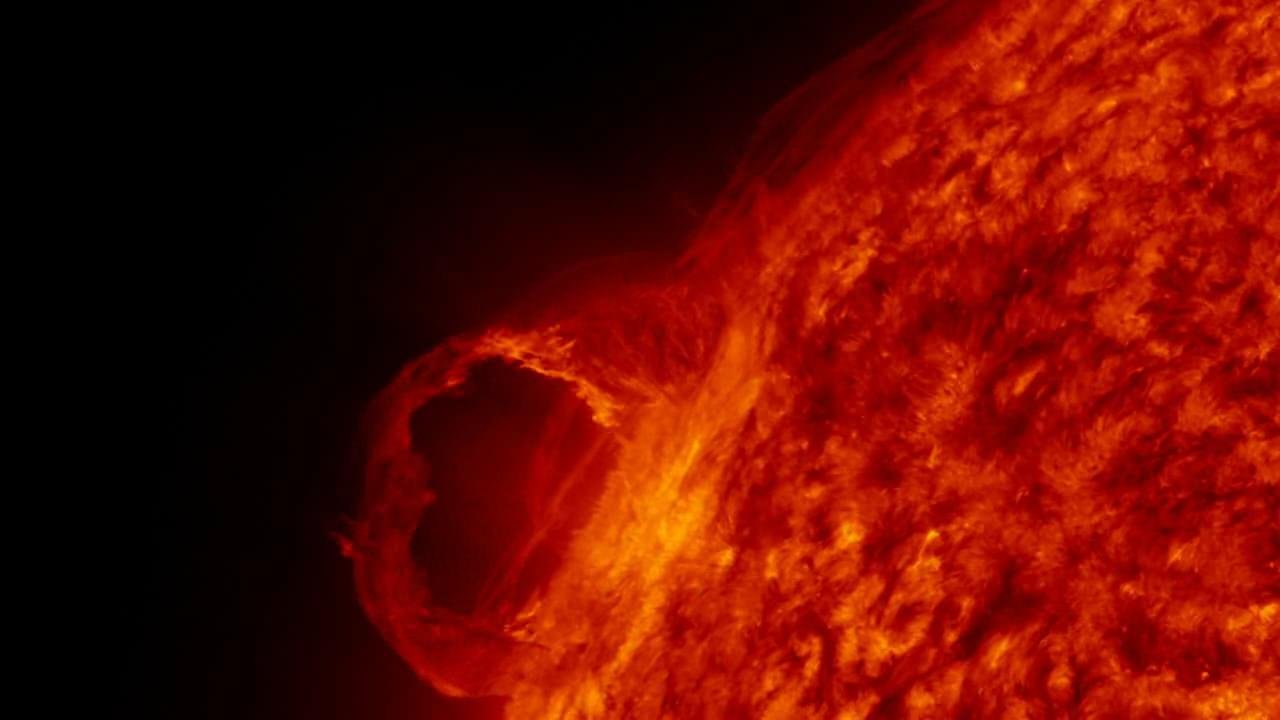Carrington Event – The Largest Solar Eruption ever recorded
Fast Forward a few years with me
The year is 2024. Covid is a thing of the past. Lives have returned to normal. You and your family decide to take a well deserved holiday. Your plane journey is at night time. A great time to stargaze out of the window.
As you cruise along at 30,000 feet you notice it. The aurora borealis (northern lights) is shining all around and below you. Shimmering like it has never before. As you tap your family member to show them, the plane cuts out.
It won’t ever start again.
But you don’t know that yet. As the cabin is plunged into darkness you reach for your cellphone. That’s dead too. Some have even exploded such is the geomagnetic fury that has been unleashed upon you.
As you plunge to your death, chaos envelopes the world. Power grids go down. Vehicles stop working. GPS is no more. Banking is gone. Life support systems in hospitals and even in some homes stop working. In short it’s the end of the technological world.
But that could never happen, right?
Doomsday Event
Obviously the above story is imagining that the very worst happened. But how vulnerable are we?
During 1989 the sun was in a very active period of solar cycle 22. A geomagnetic storm in March knocked out a hydro-electric plant in Canada for 9 hours. The aurora from this storm could be seen as far south as Florida.
Substantial blackouts to communications happened. Satellites on polar orbits were out of our control for several hours. The Australian Army deployed in Namibia on a peacekeeping mission lost the ability to communicate due to their reliance on HF radio.
Later in that same year, another storm caused trading on the Toronto Stock Exchange to halt.
But that’s nothing compared to the Carrington Event.
The Carrington Event
Between the 1st and 2nd of September 1859 a solar coronal mass ejection known as the Carrington Event slammed into earth.
A coronal mass ejection (CME) is in essence an eruption on the sun. This releases superheated plasma and its accompanying magnetic field. They happen fairly regularly. Several times a day when the sun is at the height of its activity (solar maximum).
But usually they erupt in a different direction to where the earth is and are not all that strong. They are a normal occurrence.
The Carrington Event was anything but normal though. Not only was it the strongest CME ever witnessed. It was pointed straight at us.
Let me take you through the events of that day in 1859.
The largest geomagnetic storm ever recorded happened that day. Auroras (Northern lights / Southern Lights) extended across most of the planet. People in the north east of the United States could read by the light of the Aurora.
Telegraph systems all over the globe failed. It was such a powerful storm that some telegraph operators get electric shocks from the equipment. Others reported still being able to use the telegraph equipment even though they had disconnected the power to it!
Imagine if this had happened today. The first scenario wouldn’t be all that unbelievable. Luckily for us, it happened just before the real technological revolution happened.
Lloyd’s of London in partnership with Atmospheric and Environmental Research estimated the cost of a similar event in 2013. And put it at $0.6-2.6 trillion dollars. For the USA alone. Financially, physically, technologically. This would be a catastrophic event for the human race.
So how likely is it to happen again? It already did. Almost.
In 2012, scientists observed a Carrington class event consisting of a solar flare, coronal mass ejection and solar emp erupt from the sun. It missed the earth with a margin of 9 days.
9 days earlier and we would have been toast.
Sources:
What if the biggest solar storm happened today? (National Geographic)
What is a coronal mass ejection? (Earthsky.org)
What would happen if a solar storm wiped out technology (Sciencealert.com)
